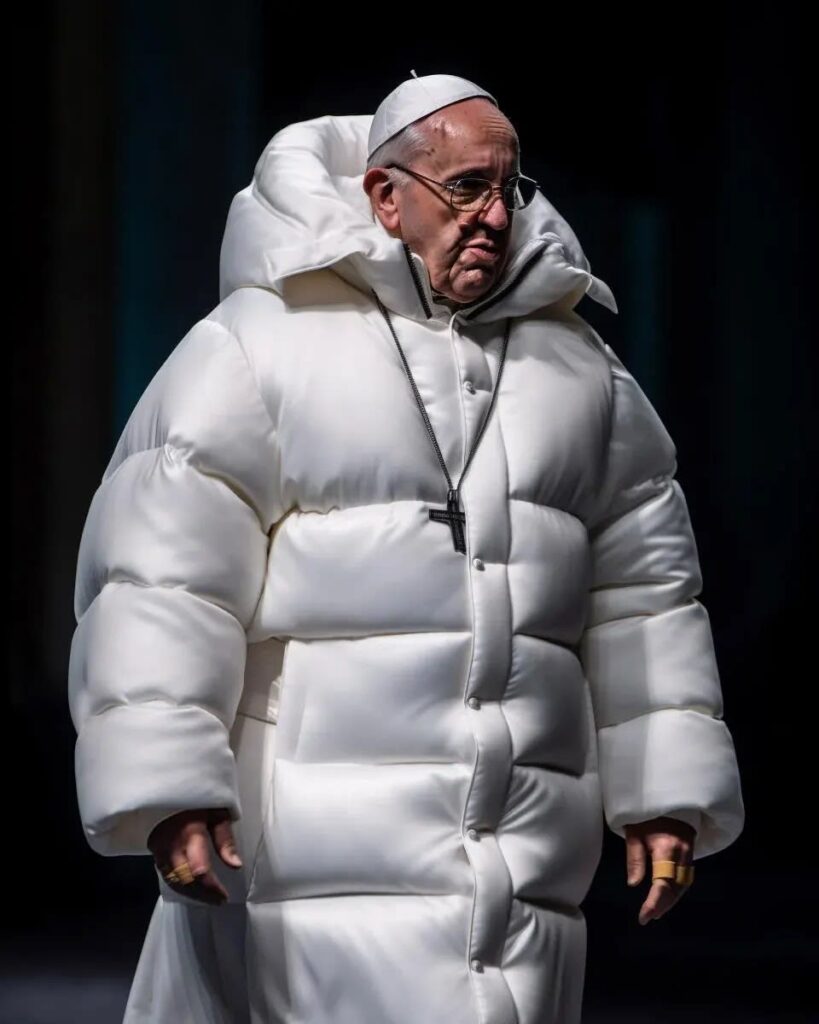With the surge of AI image, text, and video-generating tools their use became widespread online. Initially, these tools seemed like a quick and cheap way to finish some writing tasks, generate a copyright-free photo, etc.
But, with every use, there is the issue of misuse. Which raises the question – Who made an image – a human or AI and why should you detect it?
AI-generated photos – a tool for misinformation and fake news
Recently, there have been numerous instances of misuse of AI-generated images. Among many, we have seen the pope in a puffer coat, Donald Trump’s arrest, Joe Biden playing in the rain puddles, and even an explosion next to the Pentagon.
It all seems like good fun until people start believing in fake news, and the misinformation goes viral. Detection of these fake photos makes debunking the false information possible before it spreads widely.

People use generated images for fraud and scams
The AI-generating technology offers many options for creating social media profiles, ads, videos, and even whole websites that look legitimate.
It effortlessly creates fake identities, forges documents, and manipulates images.
AI-generated images can be used to create deepfake content, where someone’s face is superimposed onto another person’s body in videos or images without their consent.
Since the technology is fairly new, the regulations for its use are still in the making. Until then, it is up to you to be extra careful online. Being able to identify if an image is made by a human or an AI can come in handy for extra precaution.
Is it real art if a human doesn’t create it?
AI generators cannot create without learning and training. People train them using the work of real artists. AI can copy the style of a particular artist if prompted to do so, and produce an image that could pass as the work of a real human.
Imagine buying a photo online, only to discover AI made it based on somebody’s intellectual property. Some communities started catching on to this problem and outright banned AI-generated images.
Since we all use the internet to do business, avoiding pictures that may entail copyright infringement would be a good idea. But, how can you tell if the picture is real or fake?

Detection of AI-generated images is important
Determining whether an image is human-made or AI-generated holds significant value in the digital age. From protecting intellectual property rights to ensuring trust and authenticity, image detection plays a vital role in verifying and authenticating content.
Recognition of AI images helps protect individuals’ privacy and prevent the misuse of their likenesses.
By understanding image origin, we can promote ethical practices, protect human creativity, and enhance the reliability of visual content in our ever-changing online world.

